Singular Peregrine Mk3
- From: singularcycles.com
- Price: £1000 (frame and fork)
- Tested By: Celia Way
- Test Duration: One Month
Singular is a small British brand, known for steel framesets with classic aesthetics and contemporary performance. It’s been the advance guard of trends that are now the norm – it was one of the first bike companies to offer a 29er frame, releasing the Swift in 2007. The first Peregrine was the ‘gravel’ follow-up to the Swift and I was lucky enough to get my grubby mitts on one over ten years ago.
True to the versatility at the heart of the frameset, since then it’s been my daily commuter, Audax stalwart and monstercross racer. I’ve taken it off-road bikepacking through Bulgaria, and cycle touring around the UK. It’s been dressed up with racks, mudguards and dynamos and stripped back and hooned over hillsides with 2.1” mountain bike tyres in. There’s not a lot I haven’t done with it. I once dressed it up as the Clifton Suspension Bridge, but that’s another story. Anyway, fast forward to 2021, and after a production hiatus, the new Mk3 version is about to be released, and I was excited to see what tweaks and improvements had been made and how it felt compared to my trusty old Mk1.
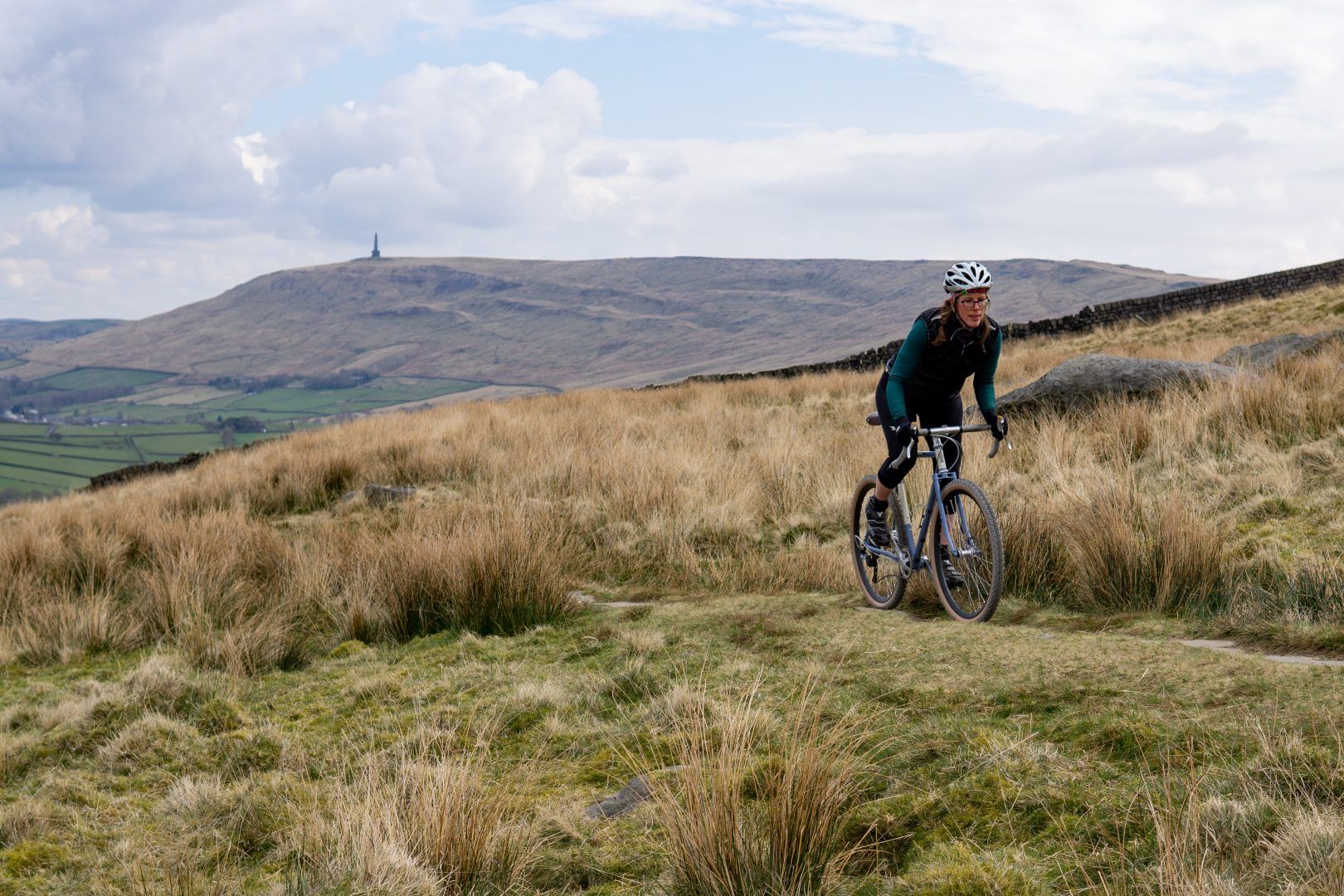
The Bike
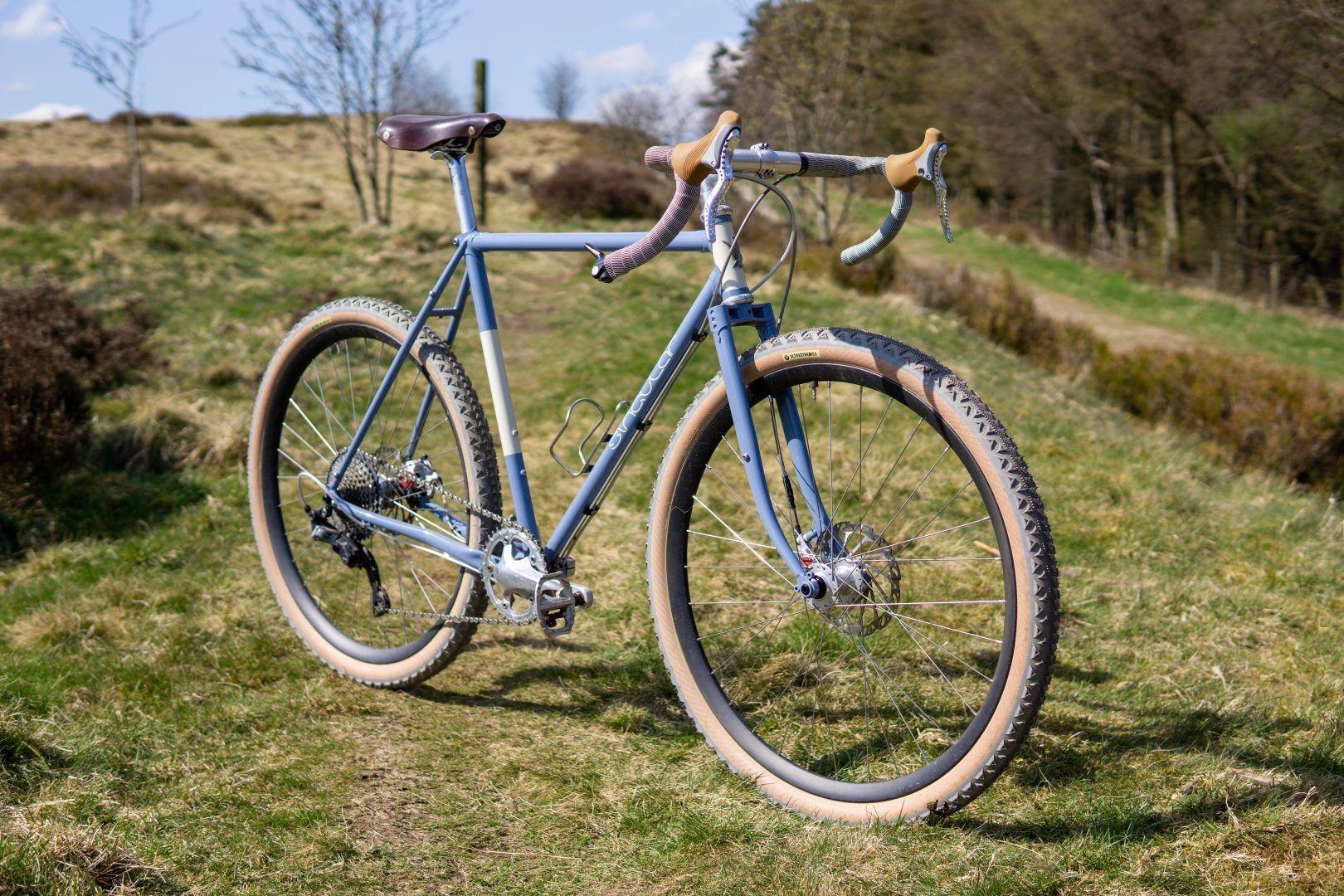
The frameset, made of double butted Columbus steel tubing, comes in two shades of blue; the iconic pale blue with ivory head and seat tube panels, or a stealthy midnight blue, again with ivory head and seat tube panels. I was testing the pale blue version, and I can confirm that as with the original red version, you can’t take it anywhere without being stopped by someone wanting to paw at it. You don’t see many out in the wild, and these are lovely looking bikes.
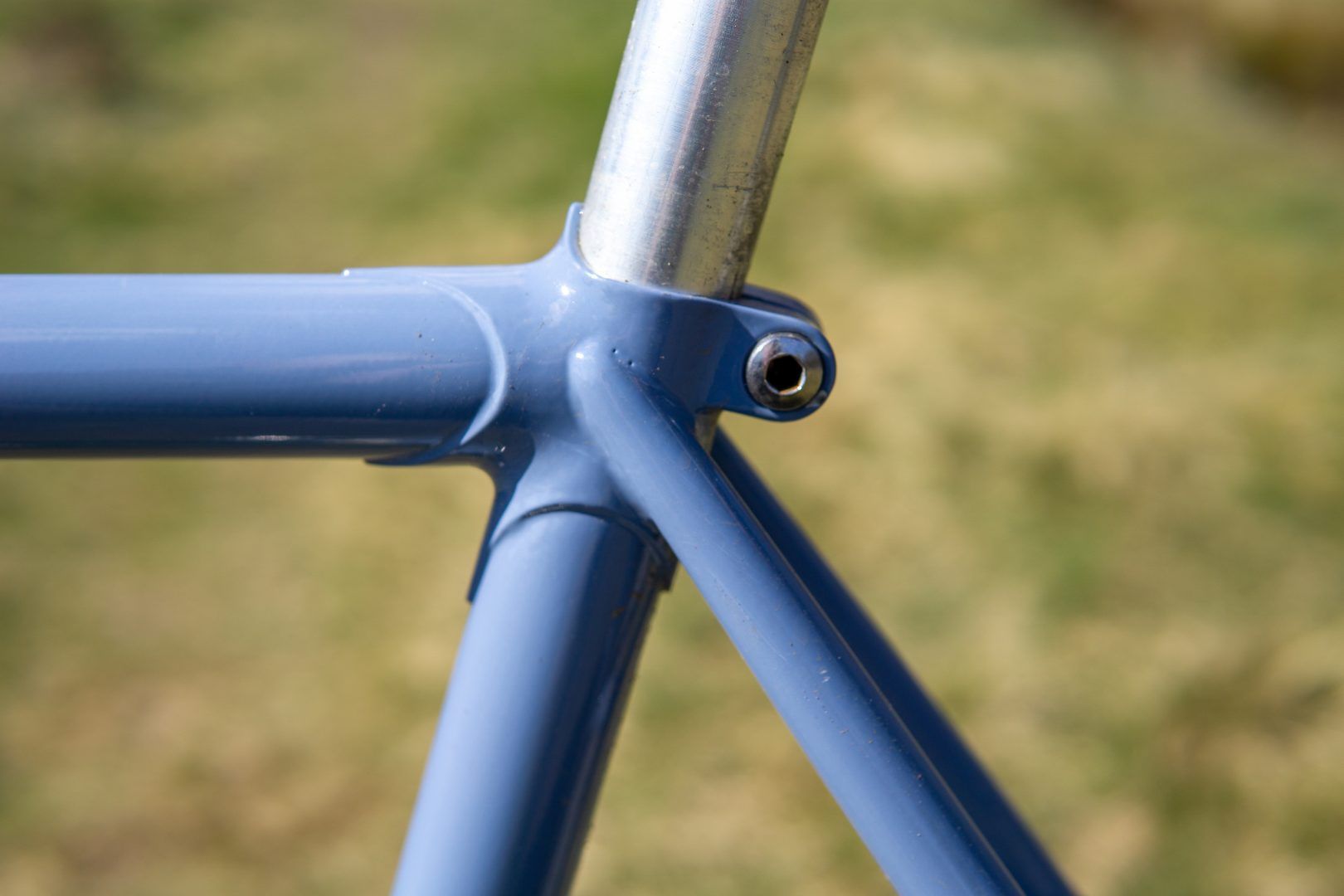
One aspect I was really interested in was how Singular had adjusted the geometry. My original version alway felt quite tall (floor to top-tube) and short (front to back). Good for tyrannosaurus riders with short arms, but not much standover height, and prone to toe-overlap issues when cornering with mudguards fitted over 700C wheels. This Mk3 has a slightly longer front centre which has the effect of evening out the shape, making it more stable when laden up, and reducing the risk of catching your toes on your front wheel. I didn’t have any overlap issues with the test bike, and with comparable crank length, wheel size and tyres, I would estimate the geometry tweak has probably put an extra inch between the crank spindle and tyre surface.
The overall geometry will be familiar to those looking at/ already riding gravel bikes, with a 71° head angle and 73° seat angle. The bi-plane fork is straight and wide shouldered, and feels solid and dependable. That whiff of old school double crown downhill fork makes you feel you can hit stuff with a bit of bombast and not come a cropper.
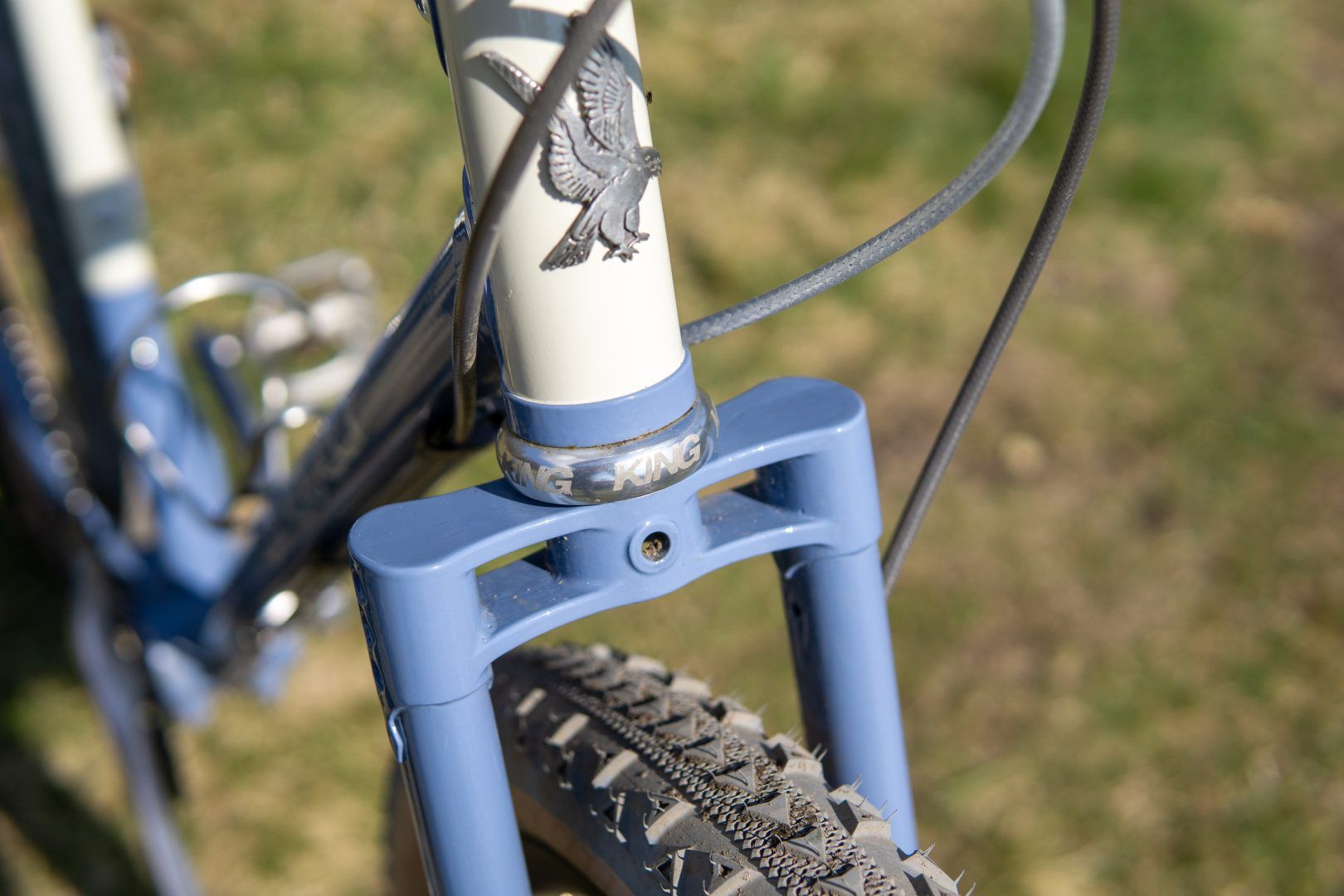
The frameset is liberally, but not excessively, scattered with rack and mudguard mounts, all with low-profile bolts, meaning they can sit there unobtrusively till you need them. The cable routing has been tidied up, and runs under the downtube with the now common bolt-on guides for a full-length cable outer.
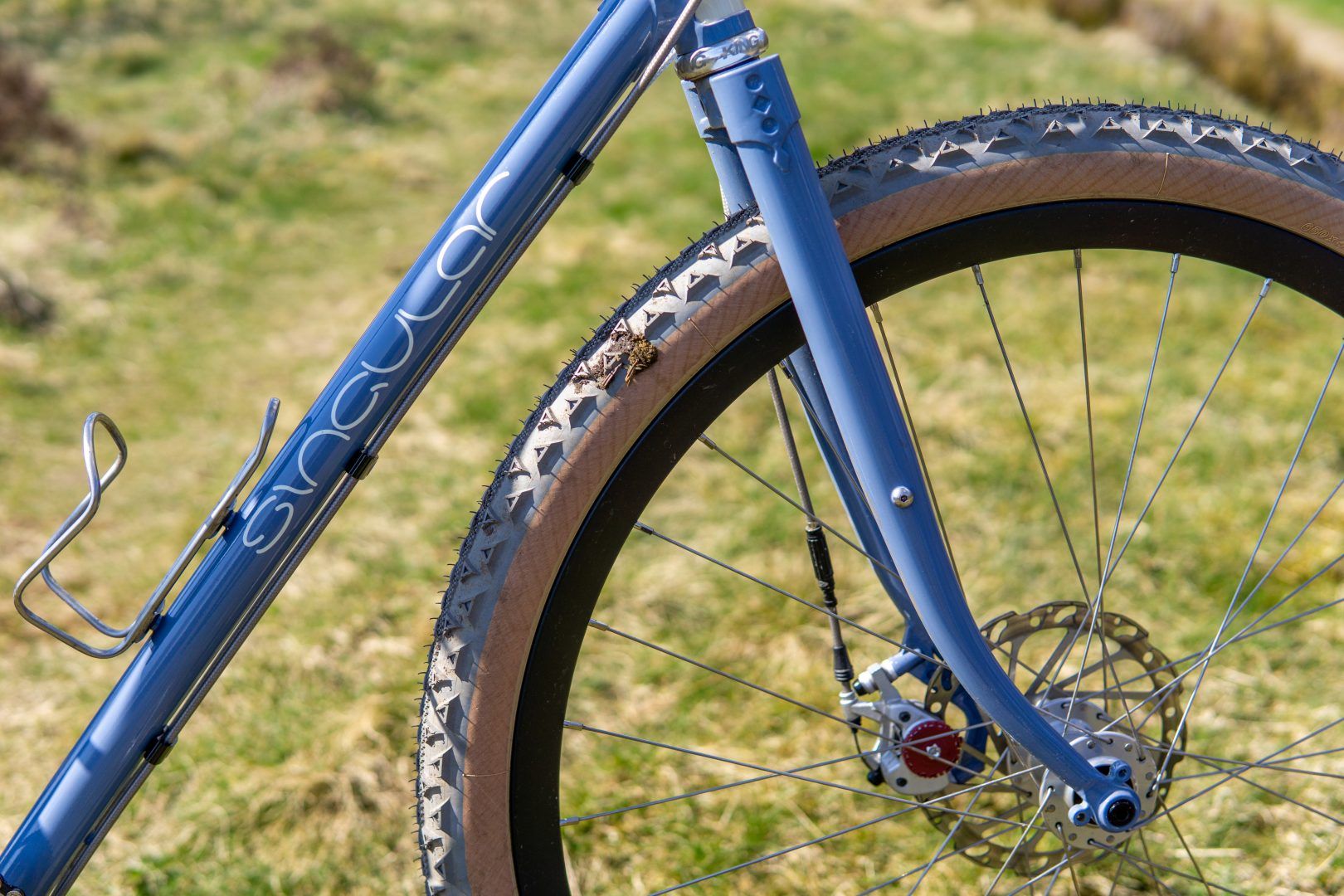
The other upgrades include thru axles and flat mount brakes, future proofing the bike to fit modern groupsets and wheels. The thru axles give stability and peace of mind under heavy loads and when steaming along pot-holed roads, gravel tracks or attention-grabbing singletrack.

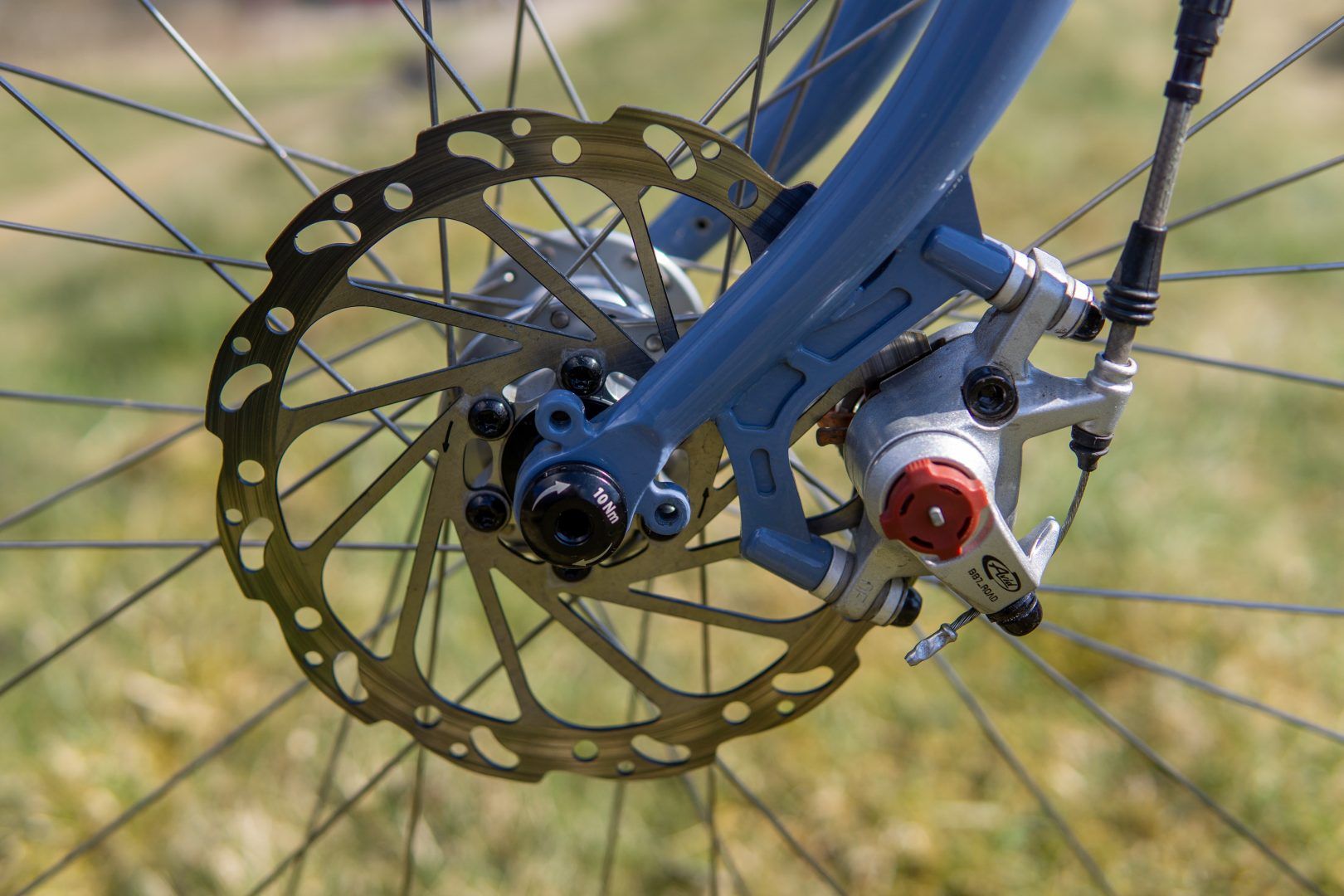
You can run different wheel sizes, and there is space for 29 x 2.0” or 27.5 x 2.3″ tyres, although remember that depending on tyre choice, running 27.5” wheels (as I was on the test bike) will bring you closer to the ground and even with the EBB rotated to run high, if the cranks are long (175mm+) it can lead to a fair bit of pedal bashing on rocky or rutty terrain.

The eccentric bottom bracket also allows you to run it fixed, singlespeed, or with a more conventional single or road double crankset and front derailleur. So. many. options.
The Ride
At 5’9” I was riding a medium, and found it fitted fine although if you like a more stretched out ride, you may want to size up. It was nimble through the twists and turns of moorland tech, without being too twitchy, and as with the original version, it dealt with all the terrain I pointed it at with aplomb.

It’s not a wafer-light race bike, but doesn’t feel sluggish up the hills, and importantly, the frame doesn’t feel like it’s going to bow and bend if you’re doing out of the saddle grunt work with the bike fully laden. The test bike was kitted out with carbon rims and lightweight tyres, adding to the responsive feel and showing what’s possible with a weight-sensitive build. Of course more thugged out wheels will take the edge off that, but as ever, it depends what you want to do with it, and where you are in the strong/light/cheap triangle as to how much of an issue that is.
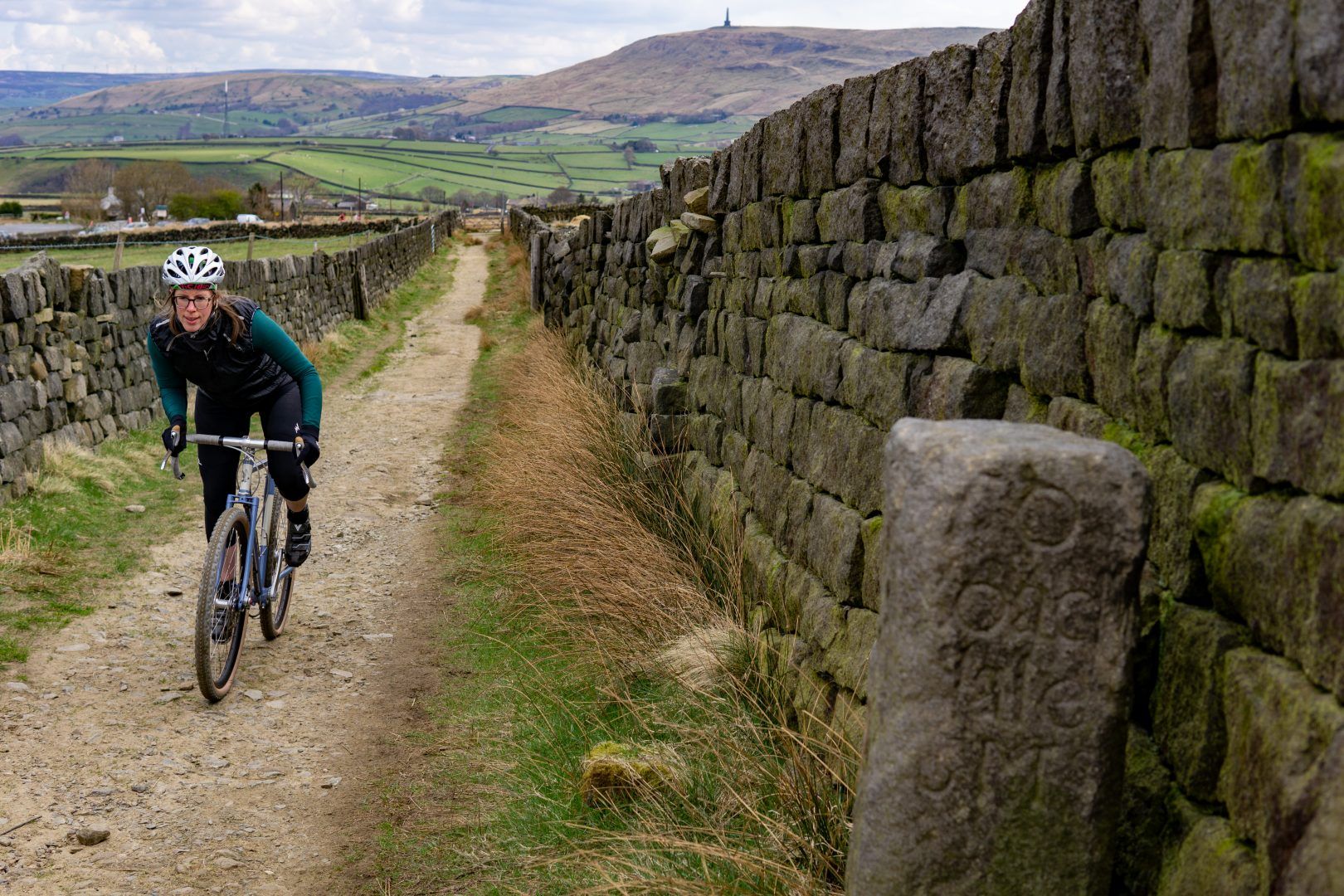
The test bike came with bar end shifters, which added to the lovely clean lines, but you need enormous hands and prehensile little fingers to brake and change gear when faced with the abrupt downs and ups of Yorkshire.
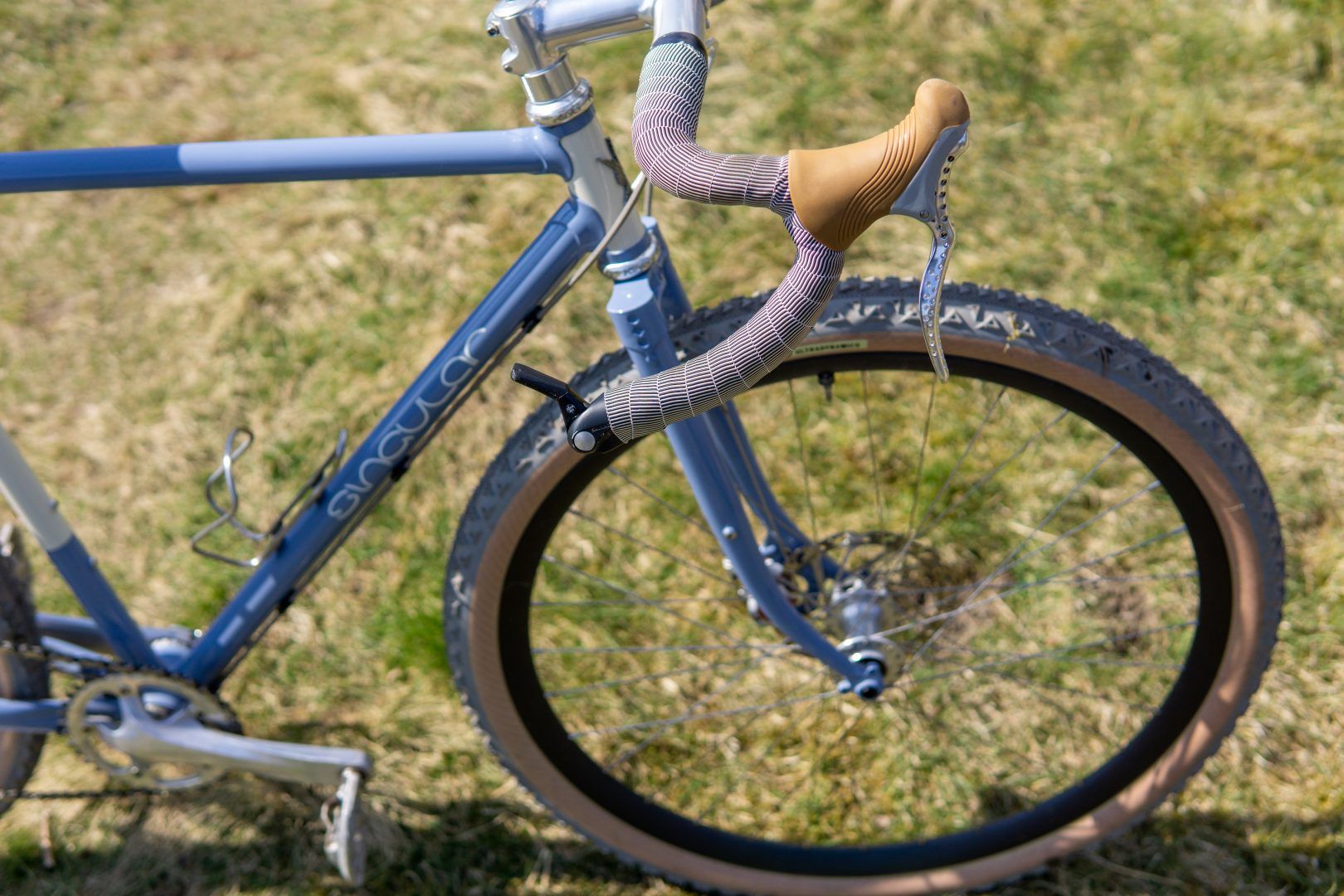
Three Things That Could Be Improved
- Bring back the red colourway!
- It’s not cheap, you are investing in the aesthetic and bundling several bikes into one.
- Is the EBB really necessary. I’m not sure how many people actually switch between singlespeed and geared, compared to those who set it up one way and leave it so long that the thing has seized into that set up for perpetuity leaving you with a metal lump of redundancy in the middle of your frame (possibly just me..).
Three Things We Loved
- It’s a good all-rounder and bike-for-life.
- It looks great and performed well on test.
- Being able to switch between wheel sizes gives extra flexibility.
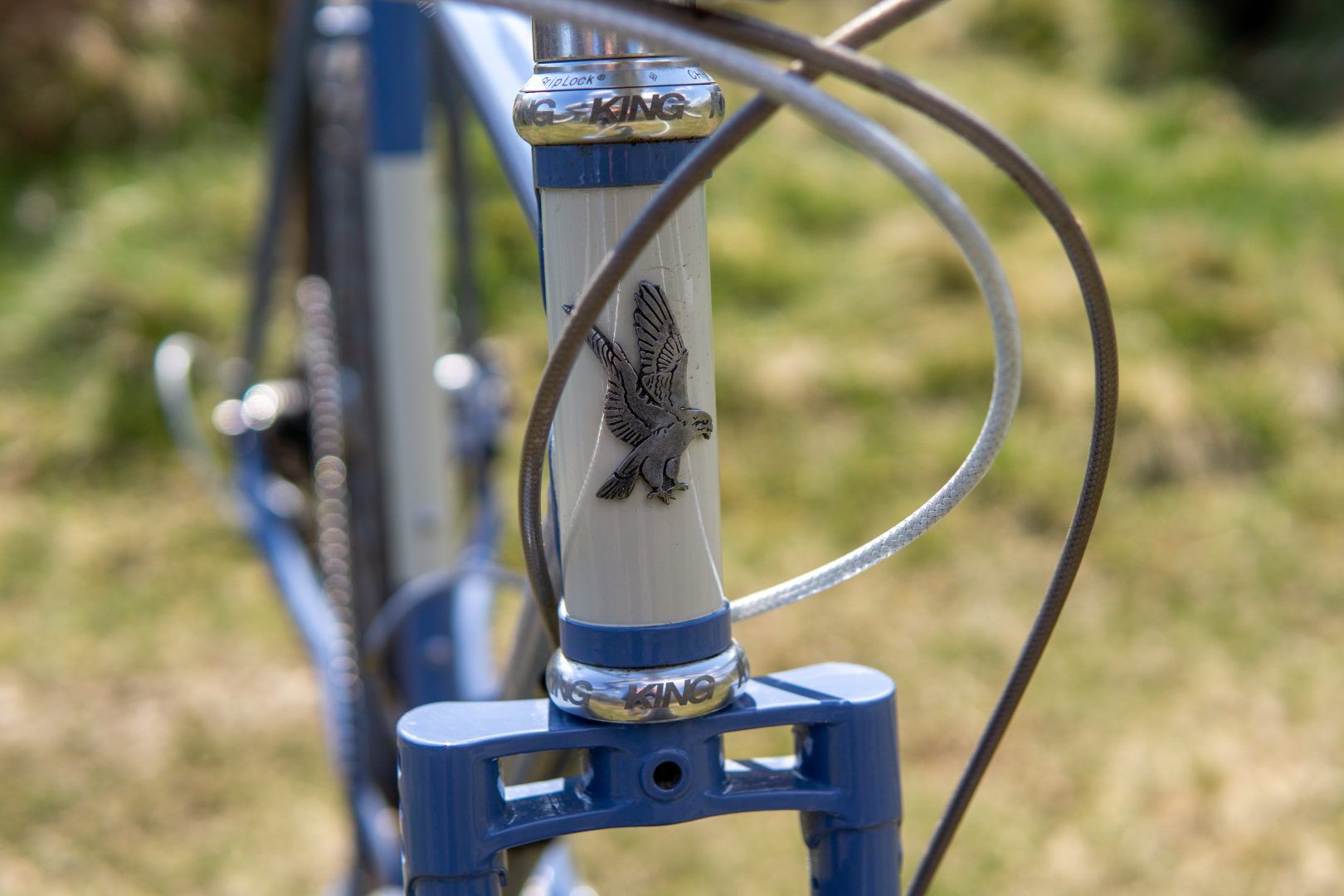
Overall
The Peregrine is marketed as a versatile, drop bar, fat tyre bicycle, and it really is a very capable piece of work. Yes there are probably faster/ lighter/ racier bikes for any one discipline, but you’d struggle to find something that can do them all and look this good while doing it. It practically dusts off the shoulders of its tweed jacket at the bottom of a descent before picking up its haversack to set off up the next climb at a brisk clip.
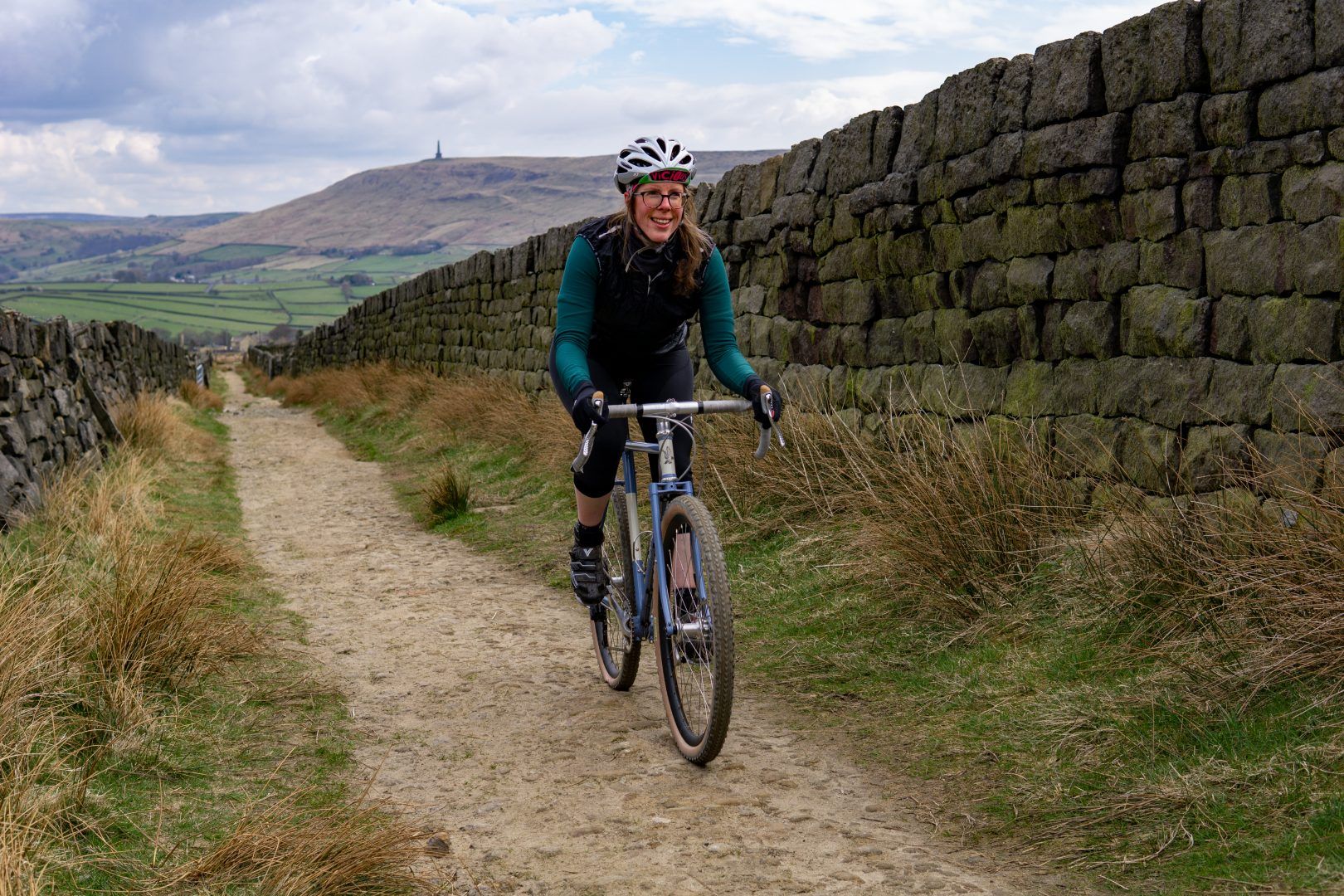
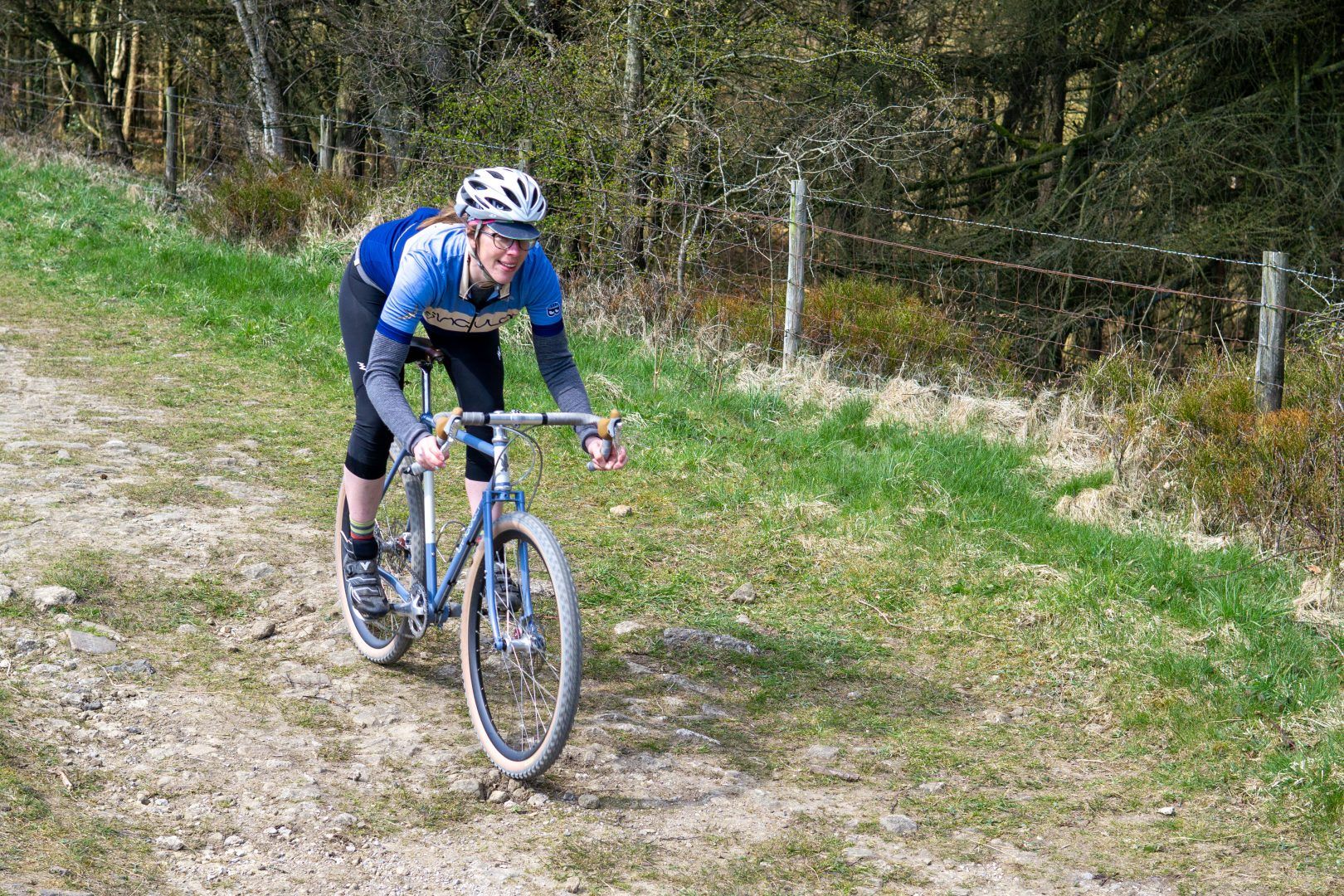
Specifications
- Custom drawn double butted Columbus steel tubing
- Lugged head tube and seat cluster
- Flat mount 160mm brake fitment
- 12mm thru axles – 142mm rear spacing, 100mm front
- Eccentric Bottom Bracket insert – 68mm BSA threaded shell.
- Clearance for Shimano road width cranks with <48/34 chainrings
- Tyre clearance for max 622x55mm (29×2.1”) or 584x65mm (27.5×2.3”)
- Bolt on modular cable guides under down tube
- Double chainring compatible
- 27.2mm seat tube diameter
- 1 ⅛” external bearing head tube (34mm ID) for straight steerer fork
- Electrostatic Deposition (ED) anti-corrosion treatment
- Four frame sizes from Small to Extra Large.



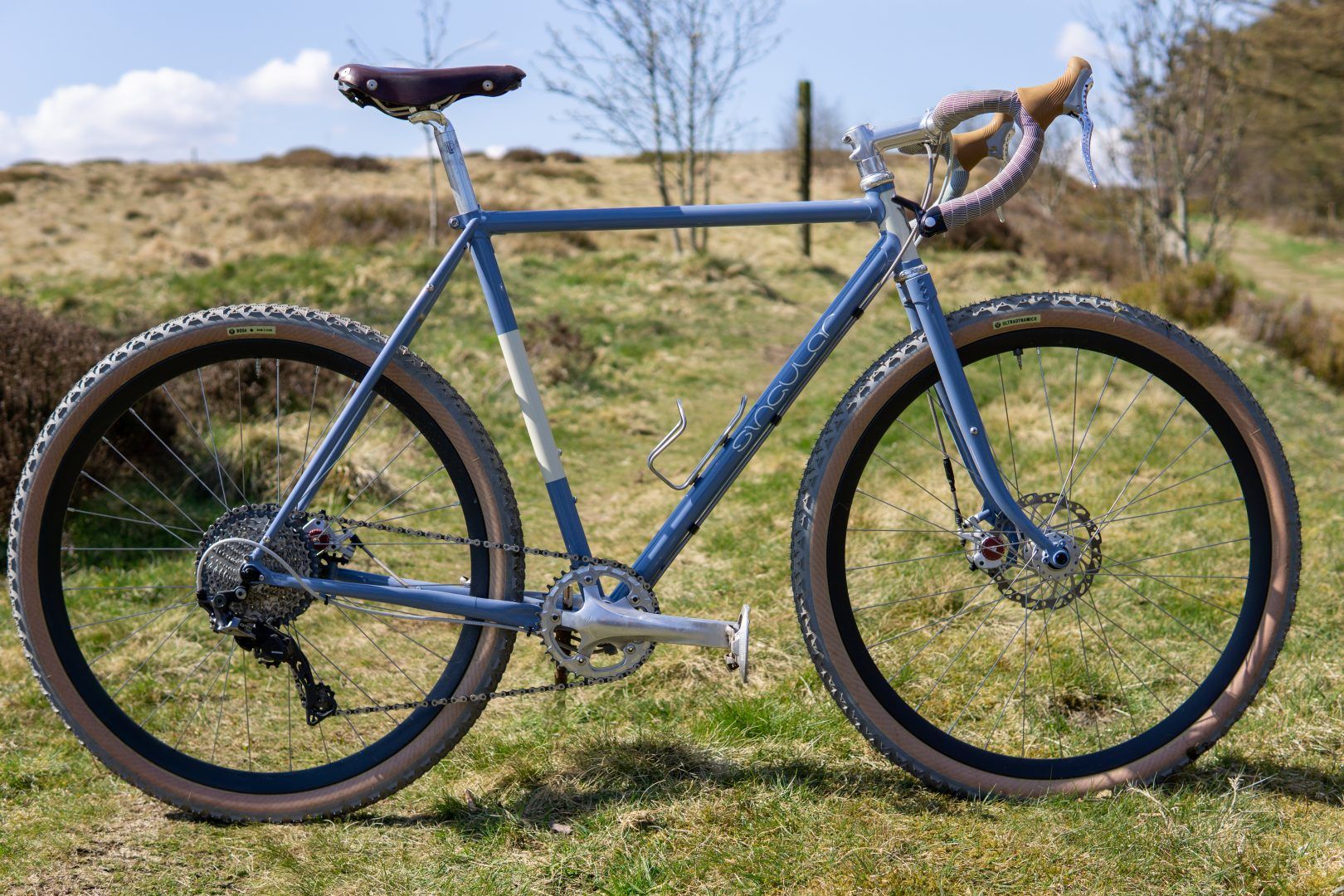




Stunning bike but in the “Lovely lugs” pic there are pin holes in the brazing.
@ctk this was a pre-production frameset – that wouldn’t have passed QC on a production frame. There are some other small differences between the frame seen here and production bikes – flat mount brake on the fork and different rack mount placement.
That is a great looking bike.
I like the EBB, as it means you can run it single speed, and fixed wheel… but also hub geared. Set up as a regular geared bike, they also give you some fine tuning options on BB height and effective chain stay length.
Been running my MK2 between fixed and geared as well. Having the versatility is great.